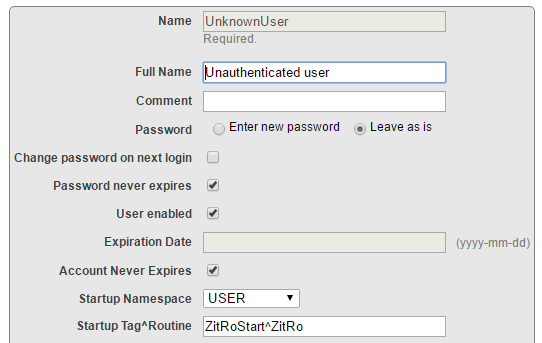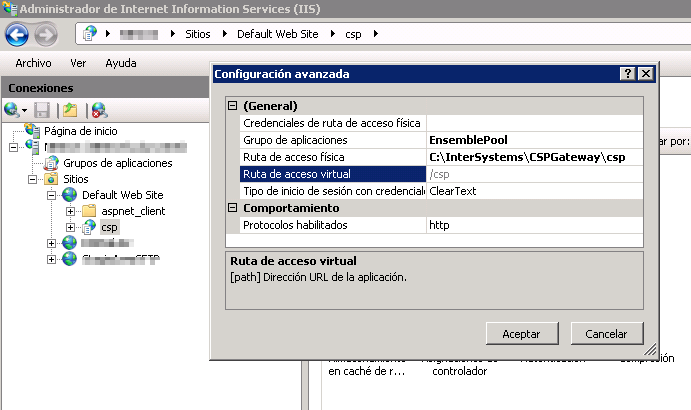In one of the projects, when we have ECP with 10 ECP application servers, from time to time we faced the issue when our journals fail to purge, due to open transactions. While we have about 100-150 GB journal files per day, it quite quickly became a big issue, and with mirroring a very big issue. Mostly we just rebooted our ECP Data server, so it searches rollbacks any transactions, but such process is too long, may steal a few hours. I did not find any way, how to get the list of the open transactions from one place from ECP Data Server. We just migrated our Data server to 2018.1.

.png)


.png)